Fuel Types
Fuel Mix
Power plants use many different fuel sources (e.g. Solar, Wind, Coal, Oil, Nuclear, and Natural Gas) to generate the electricity that goes into your home. Depending on your region, they may use more or less of a certain fuel source, or not use one at all.
‘Fuel Mix’ is the breakdown of the various fuel sources being used to generate electricity in your region, and it can fluctuate throughout the day.
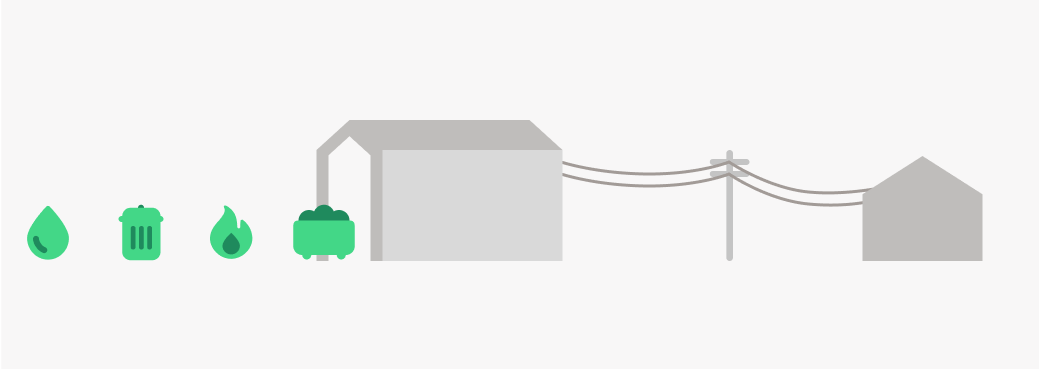
Fuel Type Carbon Intensity
Fuel sources emit CO2 when burned or processed. Some are very clean, like wind and solar. Others have a heavy impact, like burning coal.
The Carbon Intensity number of each fuel source is an estimate of its environmental impact. This number ranges from ~0 lbs/kWh to ~2 lbs/kWh. The higher the number, the higher the impact, and the dirtier the fuel source.
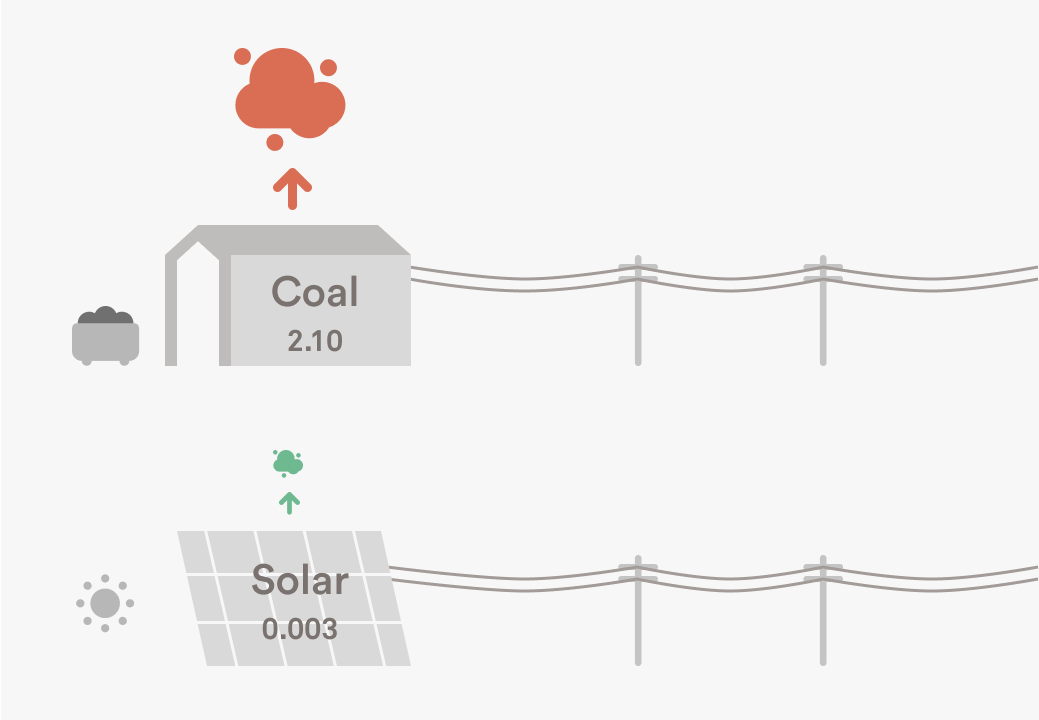
High vs Low Carbon
Below are the average carbon intensities for common fuel types. Actual numbers may vary in your region.
For example, Coal emits a lot of CO2 when burnt and it has a high Carbon Intensity.
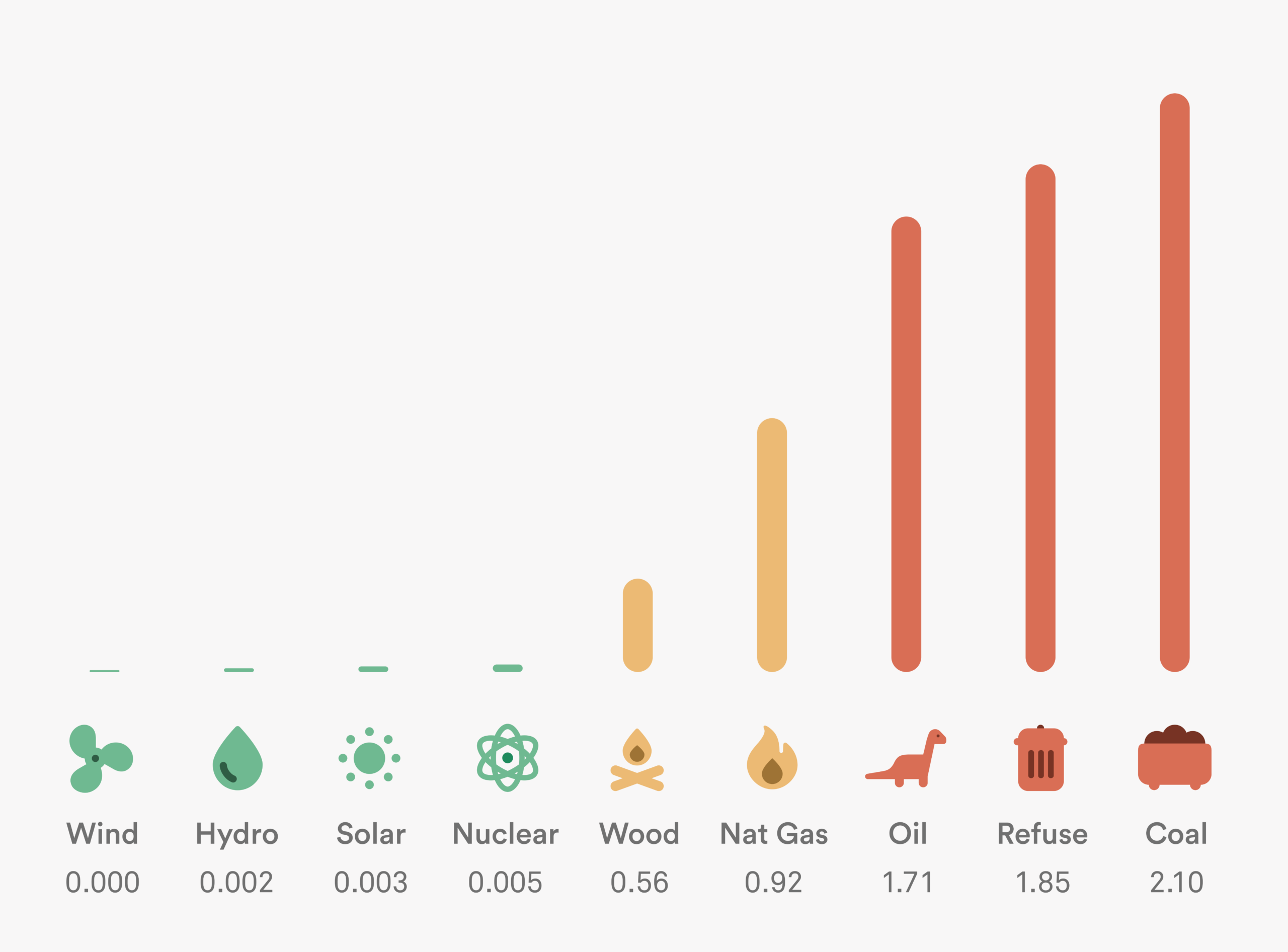
Renewables: Are they all clean?
Some fuel types are categorized as ‘renewable’, meaning they are naturally replenished (e.g. Solar, Wind, Hydro, Wood). This type of energy source stands in contrast to fossil fuels (e.g. Oil, Coal, Natural Gas) which are not naturally replenished but are still used to generate electricity today.
Renewables like Solar, Wind and Hydro have very low Carbon Intensities. But not all renewables are low-impact: Wood and Refuse (trash) produce a lot of carbon when burned.
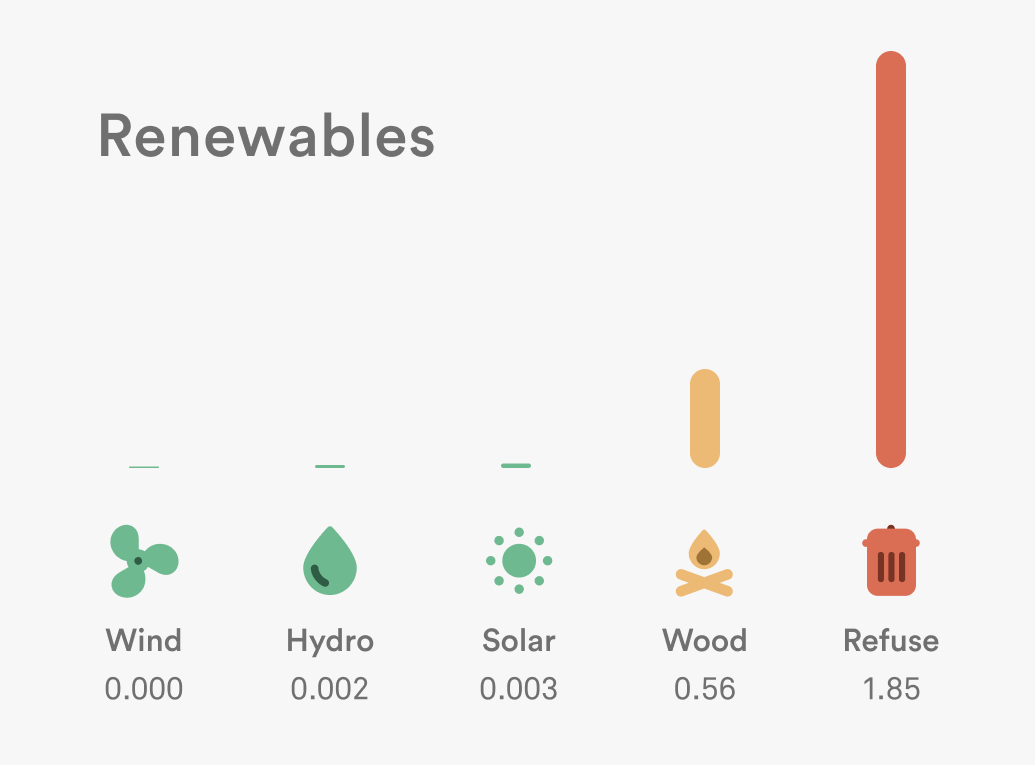
Nuclear: The pros and cons
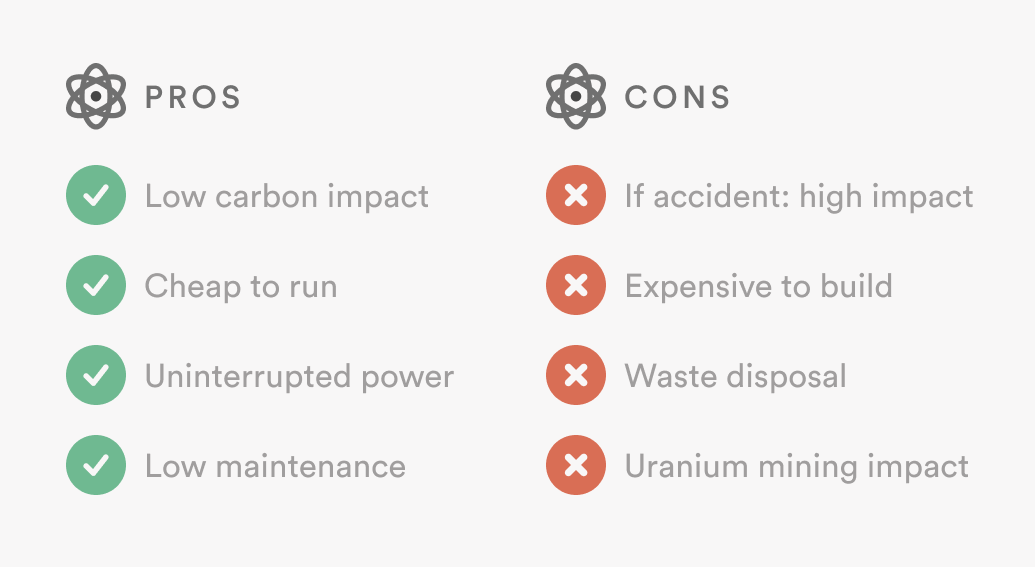
Pros: Nuclear energy is carbon-free, so from a carbon impact standpoint, it’s low! Nuclear energy is generated without carbon emissions because the reactors use uranium, not fossil fuels. Once things are set up, nuclear is cheap to run and can run without any interruptions or maintenance for over a year, making it a reliable source of energy.
Cons: It’s expensive to build. If something goes wrong (e.g. nuclear meltdown) it can be harmful to the environment. It also produces waste that is difficult to dispose of and there is carbon impact via the processes for mining and refining the uranium.
That said, new innovations in nuclear technology are making it safer and more affordable as an energy source. There is also progress being made to address the waste problem by reusing the depleted uranium (what’s left over) to power the reactors.
What is Carbon Intensity? →
